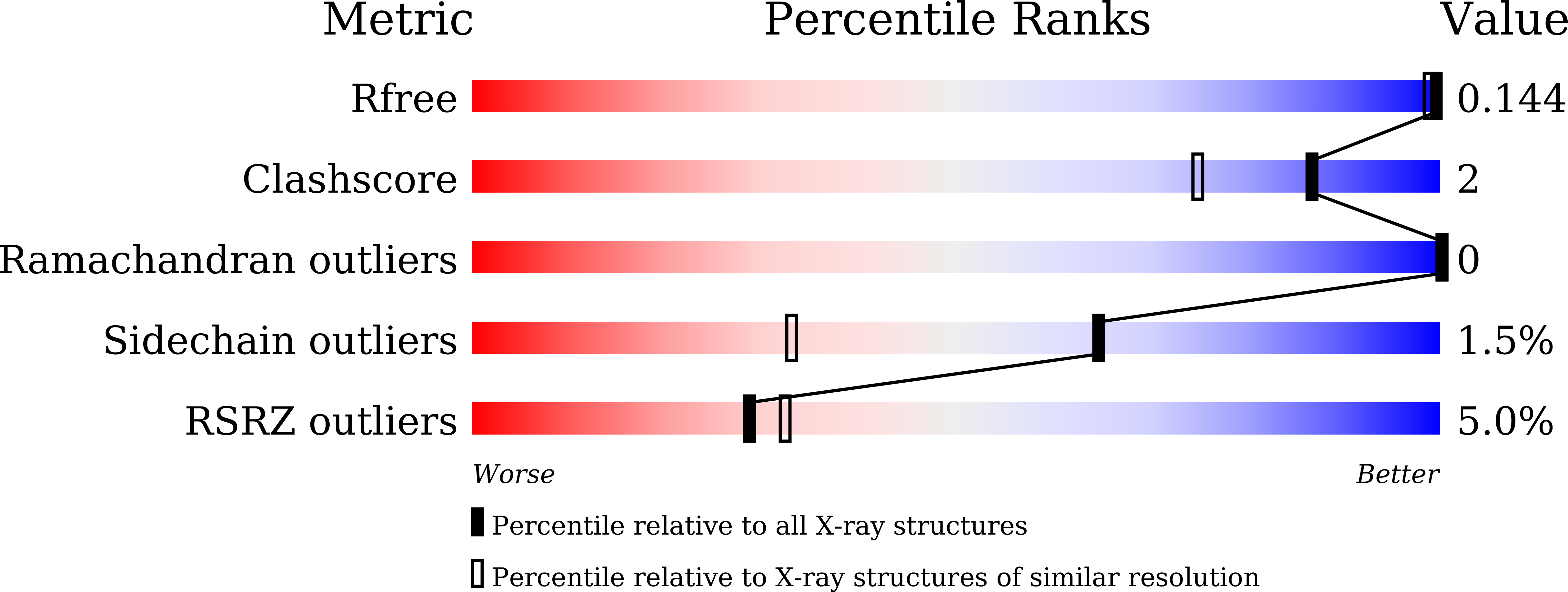
Deposition Date
2022-08-16
Release Date
2023-03-01
Last Version Date
2023-11-29
Entry Detail
PDB ID:
7YU0
Keywords:
Title:
Structure of 6-aminohexanoate-oligomer hydrolase NylC precursor, H130Y/N266A/T267A mutant
Biological Source:
Source Organism:
Arthrobacter (Taxon ID: 1663)
Host Organism:
Method Details:
Experimental Method:
Resolution:
1.35 Å
R-Value Free:
0.13
R-Value Work:
0.11
Space Group:
C 2 2 21


